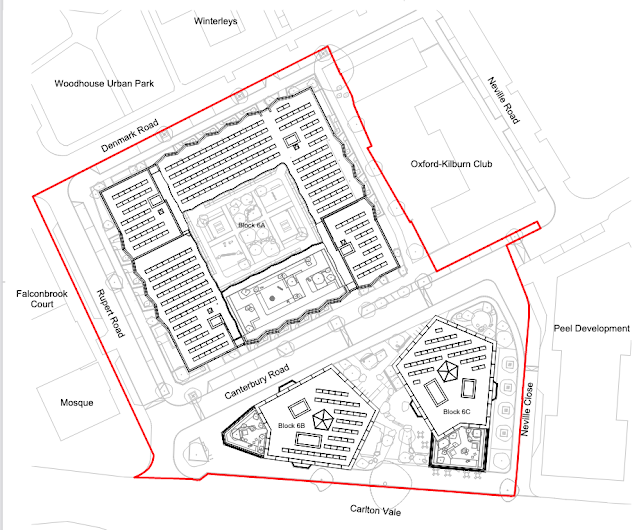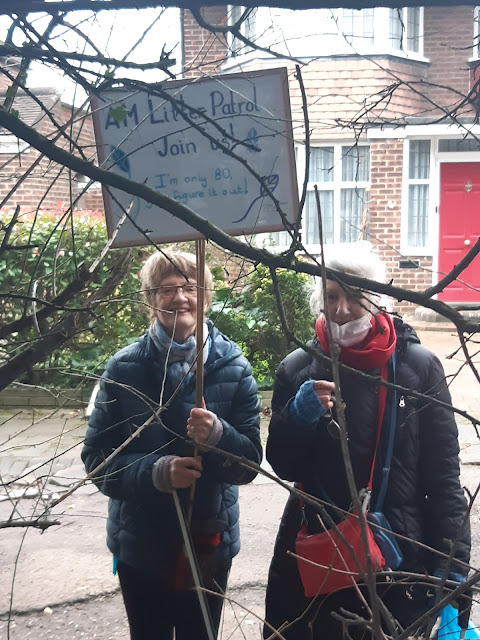From the Quality Care Commission
In October, CQC carried out an unannounced comprehensive inspection of the maternity department at Northwick Park Hospital, run by London North West University Healthcare NHS Trust*. This was to follow up on concerns identified during a previous inspection in April, when CQC told the trust to take urgent action to keep mothers and babies safe.
Following the October inspection, the overall rating for maternity services improved from inadequate to requires improvement. Safe, responsive and well-led remain as requires improvement. Caring remains good, and effective moved up from requires improvement to good.
Nicola Wise, CQC’s head of hospital inspection, said:
“I am pleased to say we saw a number of improvements in the maternity department at Northwick Park Hospital during our recent inspection.
“After our previous inspection, we were concerned there was a blame culture within the service which stopped incidents being escalated and improvements being made. This had improved, and staff are encouraged to give feedback and report incidents which are now being reviewed and learning shared, with improvements being tracked. We found a zero-tolerance policy regarding bullying and inappropriate behaviour, which was an improvement from our last inspection.
“Women using the service told us staff treated them with kindness. One person who had recently given birth, said that staff had gone above and beyond to provide safe care and treatment. They also respected people’s personal, cultural, social and religious needs. One woman who wore a hijab said that staff had respected them and their privacy regarding this.
“Following this inspection, we pointed out areas where further improvements need to be made. However, the interim leadership team is aware of the issues, and is committed to making the required improvements. Staff told us that senior managers were much more visible, and they were impressed by the change in approach from the leadership team, saying there was no longer a feeling of ‘them and us’. It is clear that leaders need time to fully embed the improvements in the maternity service and make permanent appointments to the team.
“We will continue to monitor the service to check that improvements are made and fully embedded, however, we recognise that all hospitals and healthcare professionals are under extreme pressure at the current time, and they need to be given the space to focus on delivering safe care to patients and supporting staff through this difficult period.”
Inspectors found the following during this inspection:
- The service did not always have enough midwifery staff with the right qualifications, skills, training and experience to keep women safe from avoidable harm and to provide the right care and treatment. Waiting times were longer for women across maternity services when staffing levels were low, though staff were encouraged to report delays as incidents. The birth centre was closed due to staff shortages. Staff shortages also impacted on home visits and clinics provided by community midwives
- Compliance with mandatory staff training was 84%, which did not quite meet the trust’s target of 85%, although it was an improvement
- The service had one never event in September. Never events are serious, largely preventable patient safety incidents. A swab was left inside a patient when they were being induced, even though two members of staff had signed a document showing that the correct number of swabs had been counted following the procedure. Learning from this event was shared across the trust
- The department’s policy was to admit women on their third call in 24 hours to explore any concerns. However, there was no system of recording the time at which women with concerns had previously called
- Some equipment on the resuscitation trolleys was out-of-date and cold cots** in the bereavement suite had been out of operation for two months, as the cooling system had failed, even though this had been reported to the trust
- Inspectors found an open trolley on the delivery suite which contained two drugs vials, presenting a risk that unauthorised people could have access to the vials
- One-to-one antenatal appointments with community midwives were not always being recorded. Inspectors also saw loose paperwork relating to patient assessments which could become detached from women’s notes so information could be misplaced
- Women who were attending the service to have their pregnancy terminated often had to wait for 45 minutes for their appointment in the same waiting room as women attending antenatal and postnatal clinics, which could be distressing for them
- Antenatal classes had been reduced as a result of the logistics of providing classes during the COVID-19 pandemic and staff availability, which meant women did not have access to information that could help them improve their health and wellbeing during pregnancy. Online classes had been planned, but these had not been implemented.
However:
- New interim leaders had the skills and abilities to run the service. The new managers understood and managed the priorities and issues the service faced. However, the trust needed time to embed this improved leadership and also to forge a period of stability by making permanent appointments to the leadership team
- In response to external reviews of the service, managers had produced a maternity improvement plan, which was reviewed and updated weekly
- There had been improvement in doctors, nurses and other healthcare professionals working together as a team to benefit women
- Staff recognised and reported incidents and near misses. Managers investigated incidents and shared lessons learned with the whole team and the wider service. It was easy for people to give feedback and raise concerns about the care they received. The service treated concerns and complaints seriously, investigated them and shared lessons learned with all staff
- Work was in progress to ensure staff completed and updated risk assessments for each woman and took action to remove or minimise risks
- The service had recently employed an audit midwife and a risk midwife to ensure monitoring of patient outcomes and benchmarking of service
- Work was in progress to monitor domestic abuse being assessed at all antenatal appointments
- The service had information boards which carried updates for staff on the maternity risk register. Policies and clinical guidelines were up to date and had dates for review
- The service made sure staff were competent for their roles. Managers appraised staffs’ work performance and held supervision meetings with them to provide support and development
- Staff understood and respected the personal, cultural, social and
religious needs of women and how they may relate to care needs.
On Twitter Cllr Ketan Sheth, chair of Scrutiny where he has done much to hold local NHS services to account, said:
Pleased to see the Care Quality Commission have upgraded London NW University Healthcare NHS Trust's Northwick Park maternity service to Requires Improvement and rated the service as Good for caring & effective. This is welcome progress for our local maternity service.
The full report is available HERE





